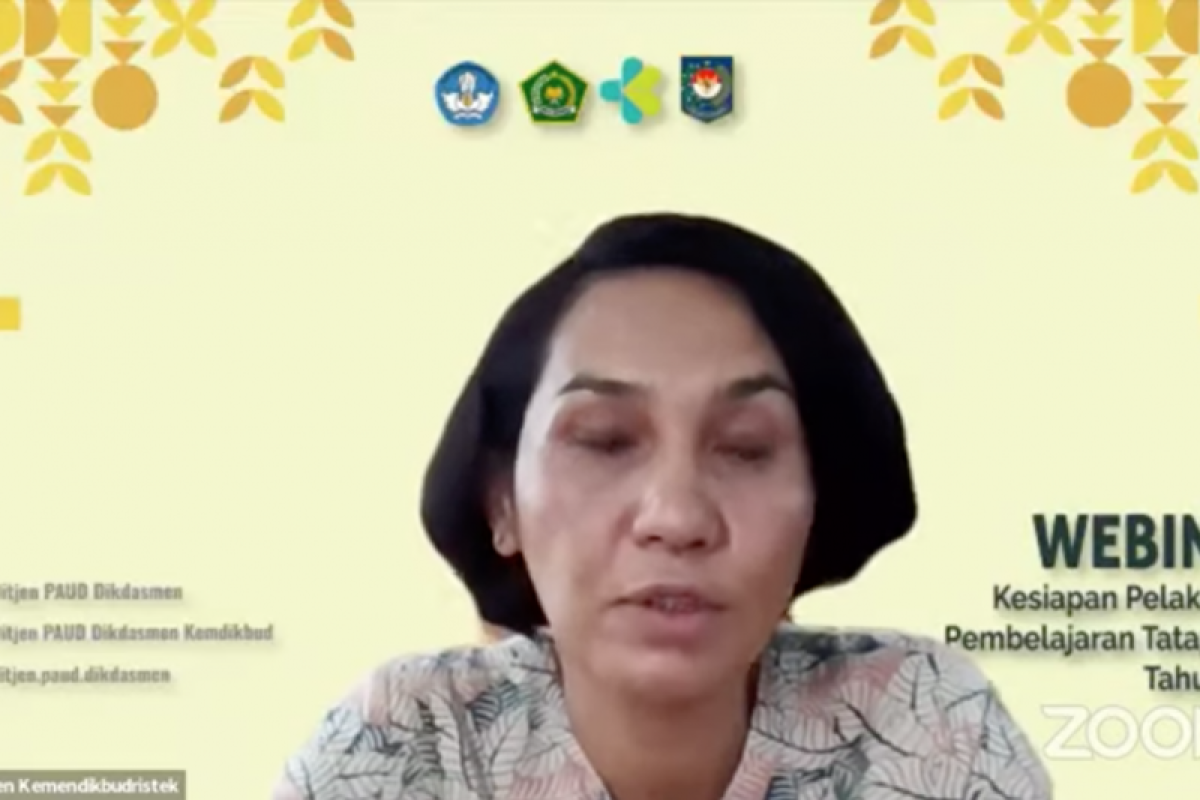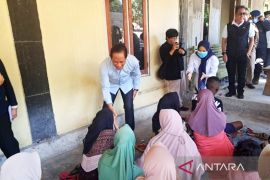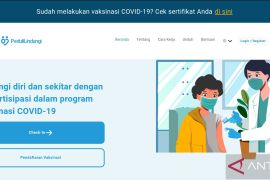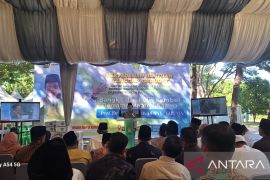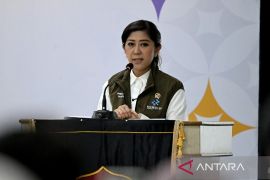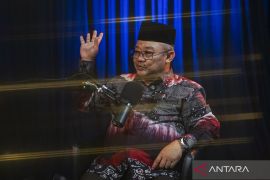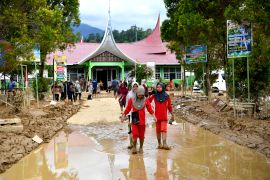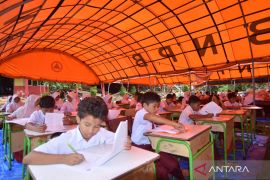"We encourage the use of technology to monitor the development of the pandemic in each educational unit. For example, we have already prepared a Quick Response Code (QR code) for each school," the ministry's secretary general, Suharti, PhD., said during a webinar on policy adjustments for the implementation of limited face-to-face learning (PTM), accessed from here on Monday.
Schools with no QR codes have been asked to contact their respective educational service since the ministry has prepared QR codes for each school, she informed.
With QR codes, schools will be able to monitor the vaccination status of students, teachers, and staff, she said. If someone is infected with COVID-19, the school will receive a notification to carry out further monitoring, she disclosed.
"This aims to ensure that those who are infected as well as their close contacts can get immediate treatment from the nearest health unit," Suharti explained.
Related news: Ministry encourages schools to implement limited face-to-face learning
She said she hoped that the provision would help protect the health of students, teachers, school staff, and their families.
The government's decision to start conducting limited face-to-face learning is for the greatest good of the community, Suharti said. The implementation of online learning had put pressure not only on students, but also parents and teachers, she noted.
One study conducted by the World Bank had indicated a decline in students' abilities during 0.8 to 1.3 years of online learning, she said. The learning loss has been quite big considering that the pandemic has not been around for two years, but it has set students back by more than one year, she explained.
In addition, there has been a visible learning gap between children from rich and poor families, Suharti noted. Children who come from the middle-up family level have easy access to education since their parents have completed the average education level and are able to provide guidance to them, she informed.
Meanwhile, children from the middle-low family level have limited access to education, with no guidance from their parents who themselves lack an education, she added.
Related news: Optimize clinics at reopened schools: Education Ministry
Translator: Indriani, Resinta S
Editor: Rahmad Nasution
Copyright © ANTARA 2022
